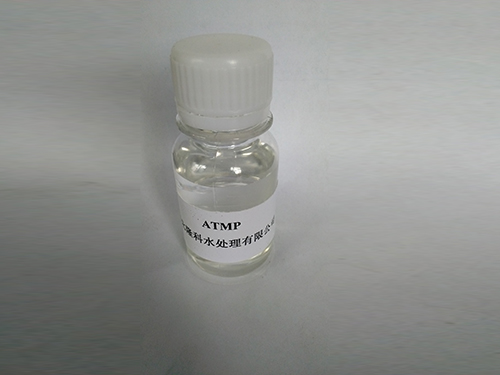poly aluminum chloride manufacturer
Understanding Poly Aluminum Chloride An Overview of Its Manufacturing Process and Applications
Poly Aluminum Chloride (PAC) is a widely used chemical in water treatment and purification processes. It is an aluminum-based coagulant that plays a crucial role in the removal of pollutants and sediments from water, making it essential in both industrial and municipal water treatment applications. This article will explore the manufacturing process of PAC, its applications, and its growing importance in environmental management.
The Manufacturing Process of Poly Aluminum Chloride
The production of Poly Aluminum Chloride typically involves the reaction of aluminum hydroxide with hydrochloric acid, followed by polymerization. The choice of manufacturing parameters, such as the concentration of reactants and the pH level, can significantly affect the quality and effectiveness of the PAC produced.
1. Raw Materials The primary raw materials include aluminum hydroxide and hydrochloric acid. The purity of these raw materials is crucial, as any impurities can affect the final product's performance.
2. Reaction The first step in the manufacturing process involves the dissolution of aluminum hydroxide in hydrochloric acid. This reaction produces aluminum chloride, which is then polymerized to form PAC.
3. Polymerization The polymerization process can be controlled through various methods. For instance, adjusting the temperature and time of the reaction can influence the molecular weight and charge density of the PAC, which are critical parameters determining its efficiency as a coagulant.
4. Concentration After polymerization, the PAC solution is concentrated to achieve the desired formulation. This stage may involve evaporation or filtration processes to remove excess water.
5. Quality Control Throughout the manufacturing process, quality control is essential. Tests are conducted to ensure the PAC meets industry standards, including tests for aluminum content, charge density, and viscosity.
6. Packaging Once produced, PAC is often packaged in liquid or solid forms, depending on the intended use. Liquid PAC is convenient for bulk applications, while powdered forms are often used in smaller, controlled environments.
Applications of Poly Aluminum Chloride
poly aluminum chloride manufacturer

Poly Aluminum Chloride is primarily used in water treatment facilities, where it serves multiple purposes
1. Drinking Water Purification PAC is used extensively in the treatment of drinking water. It helps in the coagulation process, enabling the removal of suspended particles, organic matter, and microorganisms. This results in cleaner and safer drinking water.
2. Wastewater Treatment In industrial settings, PAC is essential for treating wastewater. It aids in the removal of heavy metals and other impurities before the water is released back into the environment or reused.
3. Paper Industry In the paper manufacturing process, PAC is used as a retention aid. It improves fiber retention in the slurry, leading to higher paper quality and reduced loss of raw materials.
4. Textile Industry PAC is also utilized in the textile industry during dyeing and finishing processes to minimize the environmental impact of wastewater.
5. Construction In construction, PAC is used in the manufacturing of concrete and other building materials. It enhances the properties of these materials and improves their long-term performance.
The Importance of Sustainable Practices
As global concerns about water quality and environmental sustainability rise, the role of Poly Aluminum Chloride manufacturers is becoming increasingly significant. Sustainable practices in the production of PAC—such as reducing waste, improving energy efficiency, and sourcing raw materials responsibly—are essential in meeting regulatory standards and the expectations of environmentally conscious consumers.
Conclusion
In conclusion, Poly Aluminum Chloride is a vital chemical in the field of water treatment and various other industries. Its unique properties make it an effective coagulant, essential for ensuring clean and potable water. The manufacturing process of PAC is intricate, requiring careful control of raw materials and conditions to produce a high-quality product. As the demand for clean water and environmentally friendly practices continues to grow, Poly Aluminum Chloride manufacturers play a crucial role in meeting these needs, driving innovation and sustainability in the industry.
-
Dodecyldimethylbenzylammonium Chloride: High-Purity DisinfectantNewsAug.30,2025
-
2-Phosphonobutane-1,2,4-Tricarboxylic Acid: Scale & CorrosionNewsAug.29,2025
-
Premium Isothiazolinones | Broad-Spectrum Biocidal SolutionsNewsAug.28,2025
-
LK-319 Special Scale And Corrosion Inhibitor For Steel Plants: Advanced Solutions for Industrial Water SystemsNewsAug.22,2025
-
Flocculant Water Treatment: Essential Chemical Solutions for Purification ProcessesNewsAug.22,2025
-
Isothiazolinones: Versatile Microbial Control Agents for Industrial and Consumer ApplicationsNewsAug.22,2025





